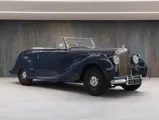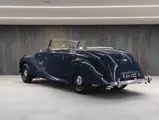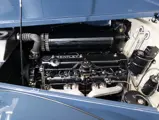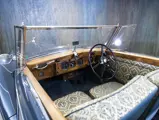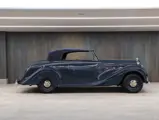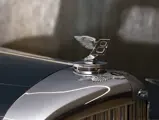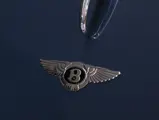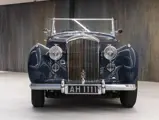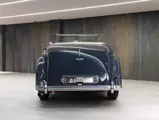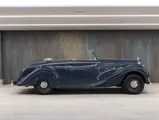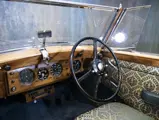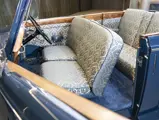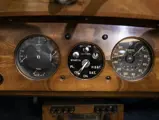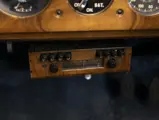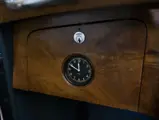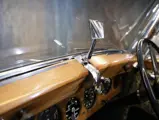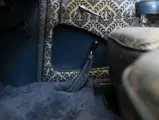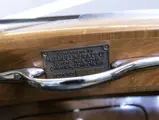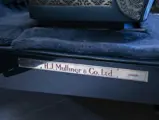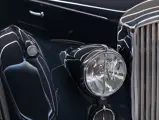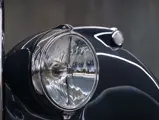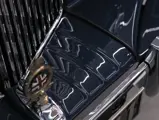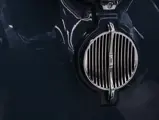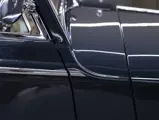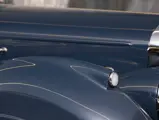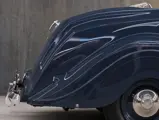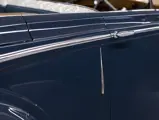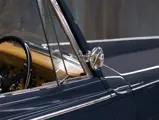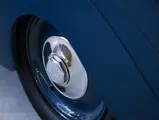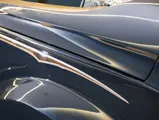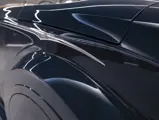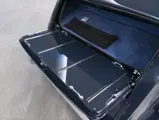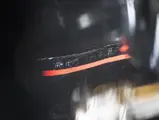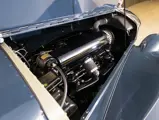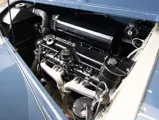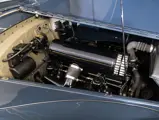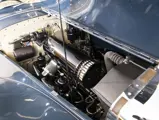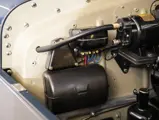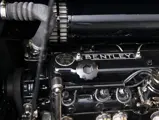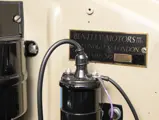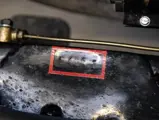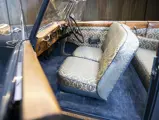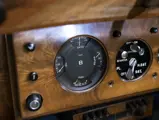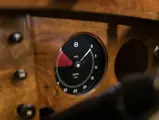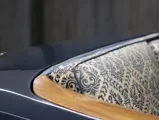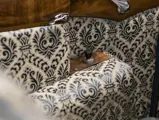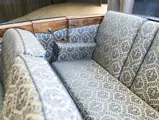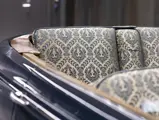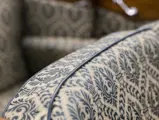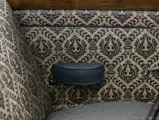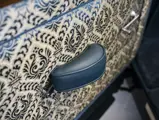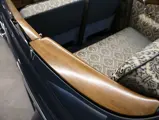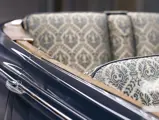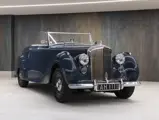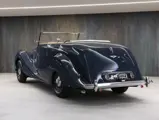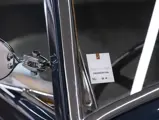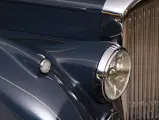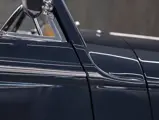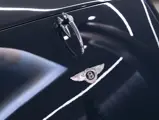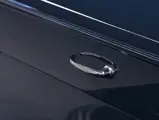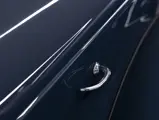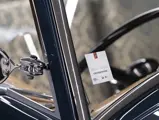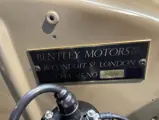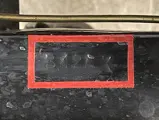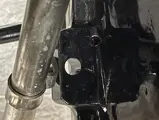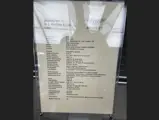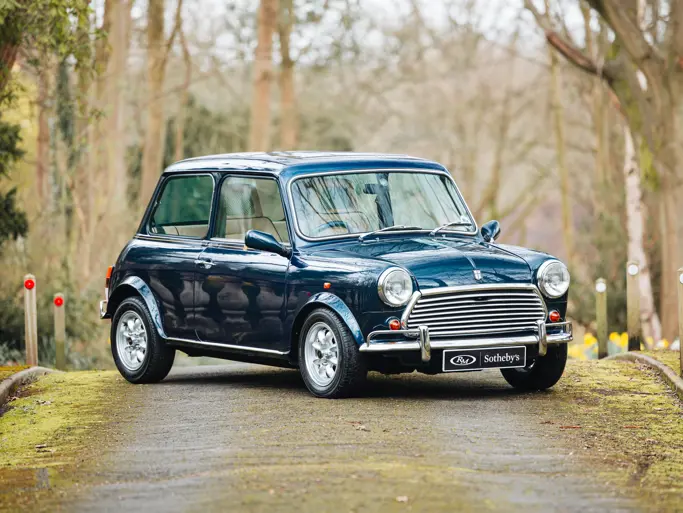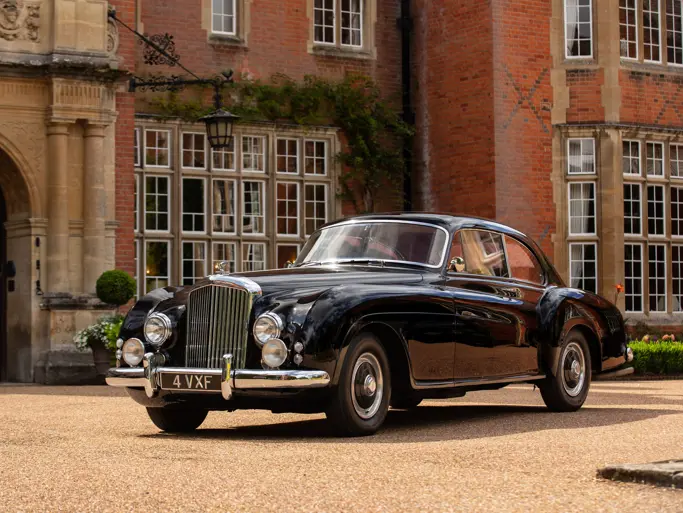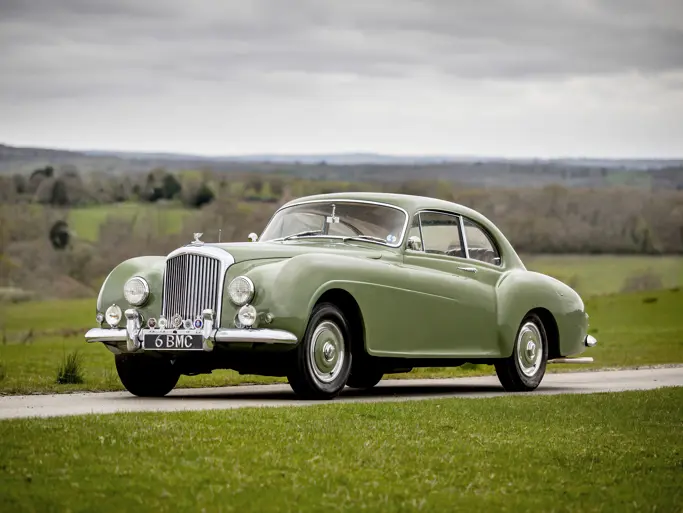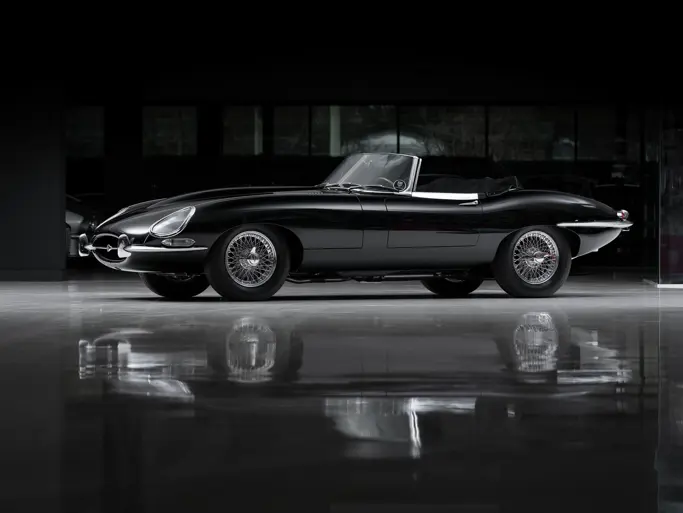A Passion for Elegance
1947 Bentley Mark VI Drophead Coupé 'Maharaja of Baroda' by H.J. Mulliner
{{lr.item.text}}
CHF286,250 | Sold
 | Eschen, Liechtenstein
| Eschen, Liechtenstein
{{internetCurrentBid}}
{{internetTimeLeft}}

- Commissioned by the Maharaja of Baroda
- Bespoke to the Maharaja’s wishes, down to remarkable blue brocade upholstery
- Highly innovative Mulliner coachwork with “disappearing hood”
- Formerly owned by legendary British enthusiast George Milligen
- Beautifully restoration and truly striking presentation
- Nicely documented and accompanied by FIVA Identity Card
- One of the all-time most stunning postwar Bentleys
THE BARODA BENTLEY
To many enthusiasts, the names Rolls-Royce and Bentley are intimately entwined with the India of the British Raj, in which the various Maharajas were among the factory’s best and most creative customers. Some of the most innovative, striking examples of both marques were dispatched to princely India, beginning in the very earliest years of the company and continuing through the 1920s, an era of polished aluminum coachwork, taper-tails, and tiger-hunting. After the Second World War, as the Indian political climate changed and the world of the coachbuilt automobile shrank, the Maharajas’ acquisitions continued to be among the most striking automobiles in the world.
Major-General His Highness Farzand-i-Khas-i-Daulat-i-Inglishia, Shrimant Maharaja Sir Pratapsinhrao Gaekwad, Sena Khas Khei Shamsher Bahadur, the Maharaja of Baroda, reigned for 22 years over three million subjects and was, for a time, the second-wealthiest man in the world. Reportedly the family stable of Rolls-Royce and Bentley automobiles numbered over 30 examples, not all of which were kept in India. The Maharaja maintained a home in London and it was there that his Bentley Mark VI, chassis number B42AK, was kept.
Detailed build specifications indicate that the Maharaja’s Bentley was to be supplied as a Drophead Coupé with concealed hood, the latter folding under a cleverly designed rear platform that closed nearly flush with the body, creating a smooth and dashing appearance. Fewer than a dozen Mark VIs were delivered with this coachwork, but suffice to say, none looked quite like this one. Virtually every feature of the car was bespoke, as noted in the highly detailed build records, the Maharaja requesting a closed and lockable glove box, an opening windscreen for ventilation, and a floor heater, among other special touches. Two front seats were fitted in this right-hand drive Bentley, each individually adjustable but designed so as to permit the occasional carriage of three people riding abreast. The armrests fitted to the doors could be folded upwards, revealing humidor compartments for cigars.
Most impressively, the whole of the interior, from the door panels to the cushions of the seats, was finished in a breathtaking, kaleidoscopic blue brocade, reminiscent of peacock feathers. In swinging open one of the doors, the effect of the upholstery against the elegant but sedate body lines was truly striking—and that must have been exactly the intention.
Looking every bit the heir to the Maharaja cars of old, the Mark VI was delivered to its original owner at his country home at Headley Grove, Epsom, in March 1947. One of no fewer than five Mark VIs acquired by the Maharaja, it was registered in the UK as “AH1111,” which remains in place today.
MR. MILLIGEN’S MEWS
The Maharaja of Baroda went into exile in 1951, having been deposed by the British government for “irresponsible behavior.” With his fortunes somewhat lessened by the experience, the Mark VI was sold at that time to Hoffmans Ltd. It would subsequently change hands through several further British caretakers, as noted in factory records and UK ownership documents within the file.
In 1976 the Bentley was acquired by George Milligen, a gentlemen farmer who had begun collecting fine automobiles in the 1940s, in many cases acquiring extraordinary examples from their first or second owners. He amassed a stable that included superb examples of the Hispano-Suiza J12 and 6½-Litre Bentley, numerous important Edwardian creations, and, most famously, one of the finest Mercedes-Benz SSKs—all of which he enjoyed using regularly. A colorful and unprepossessing figure, he piloted his largely original cars all over Europe, frequently in a sort of uniform consisting of a sport shirt and brief shorts.
Highly fastidious regarding mechanical condition, Mr. Milligen maintained detailed records of maintenance on all of his automobiles; a copy of his notebook on the Mark VI remains in the file and is fascinating reading. In his ownership the car was refinished to RAF Blue, his preferred house livery, and reupholstered with a less enthralling but hard-wearing material.
Following Mr. Milligen’s passing, his extraordinary collection was sold in 2004, with the Baroda Bentley passing into current ownership. It then underwent a complete and highly detailed restoration back to its original configuration, including rebuilding of the original mechanical components, replacement of the ash body frame as necessary, and, most crucially, recreation of the original brocade from a sample found still intact within the interior. The body was finished in a rich, lustrous Dark Blue, something of a nod to Mr. Milligen.
Following the completion of its restoration, the car was exhibited at the 2017 Concorso d’Eleganza Villa d’Este, where it achieved second in the “Faster, Quieter, Smoother: Heroes of the Jet Age” class. The honor was a testament to a Bentley that is, as one would expect from a Maharaja’s automobile, utterly spectacular—exquisitely wrought, audacious of line, and with an interior that virtually explodes in color the moment the hood retracts out of sight.

